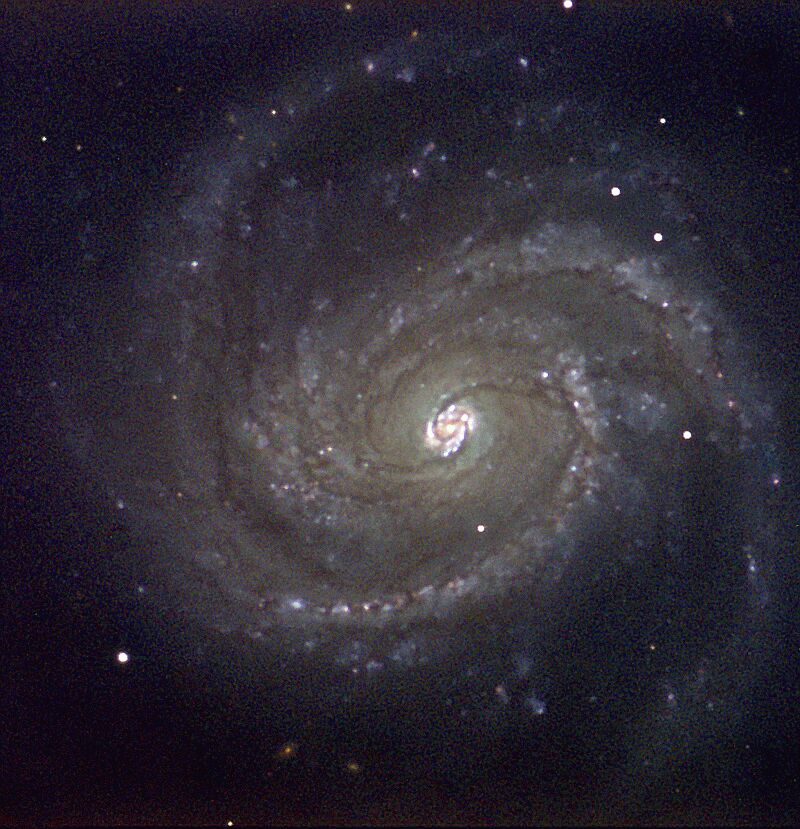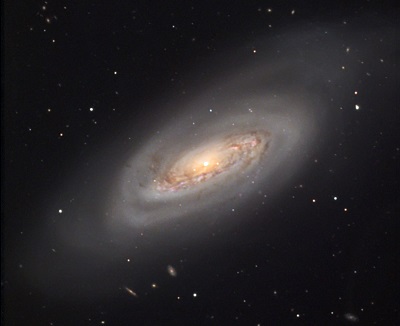Lancaster University, UK | 2016 July 12
Astronomers have studied 70,000 galaxies across cosmic time to find out why some cease generating stars.
[img3="Hubble Chandra Composite - ESO 137-001The processes that cause galaxies to “quench,” (cease star formation) are not well understood and constitute an outstanding problem in the study of the evolution of galaxies. ...
Credit: NASA, ESA, Hubble Heritage (STScI/AURA), CXC, UAH"]http://apod.nasa.gov/apod/image/1403/heic1404b1024.jpg[/img3][hr][/hr]
By exploring the unique COSMOS UltraVISTA survey, astronomers were able to study the role of “nature” (internal processes) and “nurture” (external processes) in the evolution of galaxies over the past 11 billion years with unprecedented detail.
Dr David Sobral said: “Just like humans, galaxies are affected by both the environment in which they form and evolve, but also by their ‘nature’ and internal processes; both can have dramatic effects.”
“Surprisingly, we find that the external processes are only really relevant in shutting down the production of stars in galaxies over the last eight billion years. At earlier times in the Universe, internal processes are the main mechanism for shutting down star formation. In other words: back then, it was all about nature, not nurture, but later on the environment starts to play a major role”. ...
Effects of Local Environment and Stellar Mass on Galaxy Quenching out to z~3 - Behnam Darvish et al
- Astrophysical Journal 825(2):113 (10 July 2016) DOI: 10.3847/0004-637X/825/2/113
arXiv.org > astro-ph > arXiv:1605.03182 > 10 May 2016


